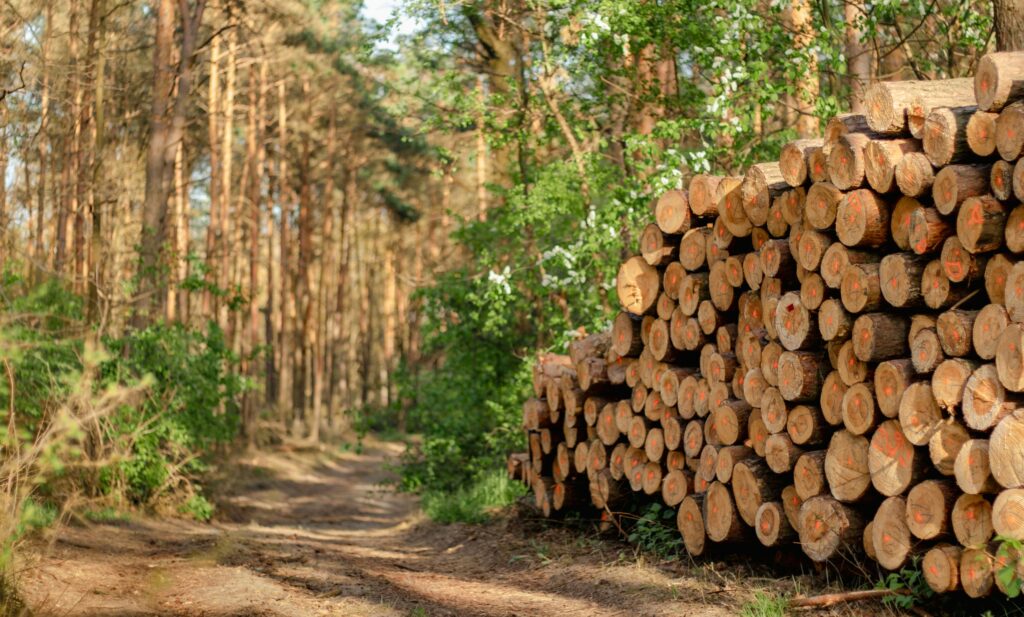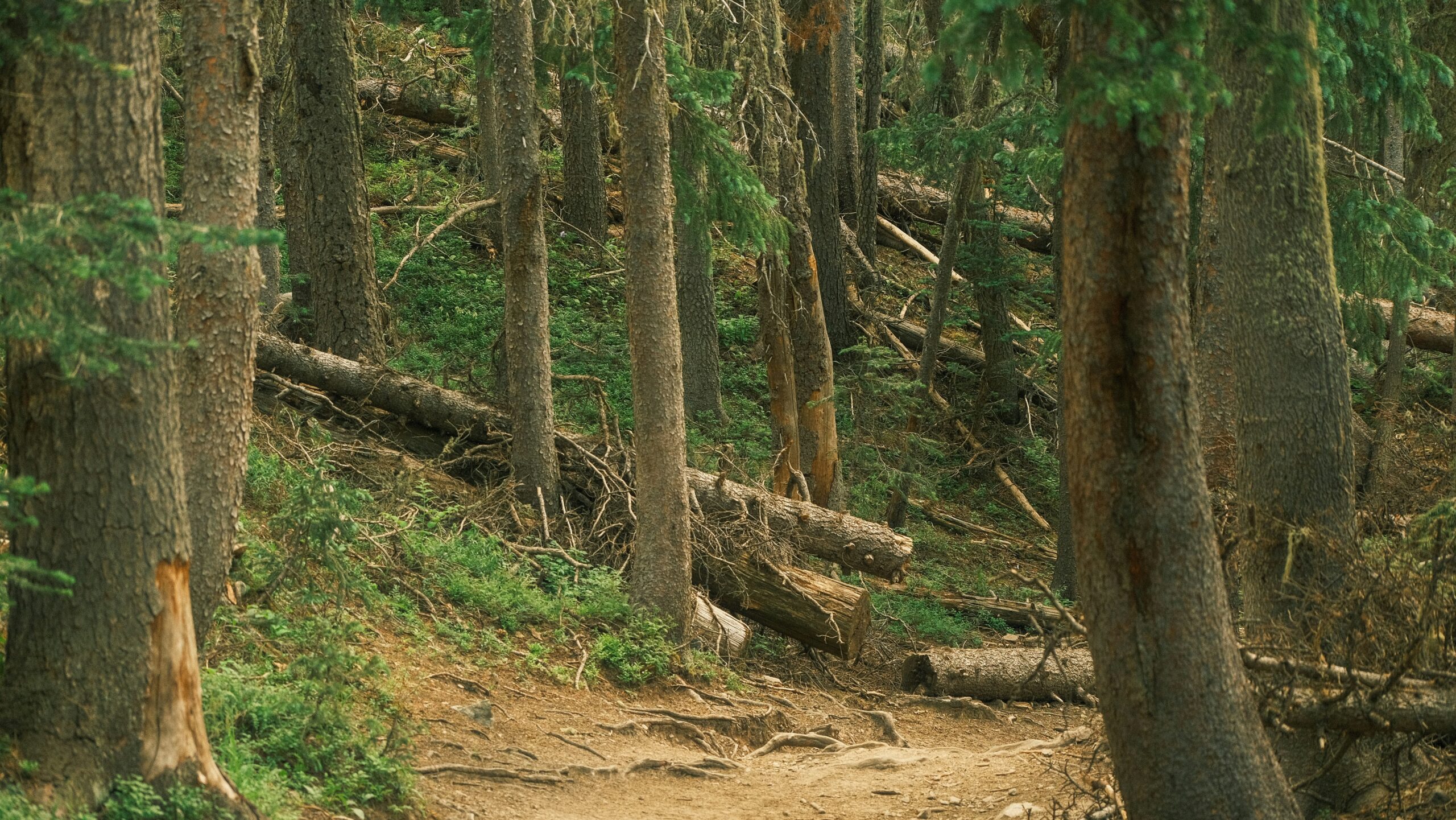The timber trade is facing a major shift, and it’s not just about new paperwork or another EU regulation to skim through and forget. The European Union Deforestation Regulation (EUDR) is changing how companies deal with wood products. If you work in timber production, processing, import, or trade and you want to keep doing business in the EU, you’re going to need to get serious about compliance.
But let’s cut through the noise. This article isn’t about recycling legal jargon. It’s a practical, straight-to-the-point guide that explains what the EUDR means for timber, what businesses are expected to do, and how to make sure you’re ready before the deadline hits.
Why EUDR Even Exists
The core issue here is deforestation. A lot of it is driven by agriculture, and timber is one of the commodities right in the middle of it. The EU has decided to stop being part of the problem by blocking access to its market for any product that might be linked to deforestation or forest degradation.
So in 2023, the EUDR officially replaced the older EU Timber Regulation (EUTR). This new law is tougher, broader, and less forgiving. It doesn’t just apply to timber anymore, but if your business deals with wood in any form, it’s time to pay close attention.
What EUDR Means for Timber Products
Let’s be clear. The EUDR is not a soft suggestion. It legally requires companies to prove that their timber is not connected to deforestation after December 31, 2020. That includes wood harvested anywhere in the world.
Here’s who’s affected:
- EU-based operators placing timber or derived products on the EU market
- Traders buying or selling those products within the EU
- Non-EU suppliers exporting to the EU
This isn’t just about raw timber. It covers a long list of products like plywood, wood veneer, furniture, paper, and even charcoal.
Your Obligations: What the Law Actually Requires
There’s no shortcut here. Every operator or trader must set up a Due Diligence System (DDS). Think of this as the backbone of your compliance process. It includes:
1. Information Gathering
Before anything else, you need to collect detailed information on every batch of timber you handle:
- Type of product and tree species
- Country and region of harvest
- Quantity
- Supplier details
- Geolocation coordinates of harvest sites
Yes, geolocation is mandatory. You can’t just say “Brazil” or “Indonesia.” You need to pinpoint where the wood was harvested using coordinates.
2. Risk Assessment
Once you have the data, the next step is to assess the risk that your timber might have come from deforested or degraded land. The EU classifies countries into risk categories (low, standard, high), and your risk level also depends on supplier history, transparency, and local enforcement practices.
You’ll need to consider:
- Deforestation rates in the source region
- Corruption or weak governance
- Supplier behavior and traceability systems
3. Risk Mitigation
If there’s more than negligible risk, you can’t ignore it. You have to take action. That might include:
- Asking for more documentation
- Conducting supplier audits
- Sourcing from a different region
- Verifying legality with third-party certification
All mitigation efforts must be recorded and provable.

How the EUDR Is Enforced
This isn’t a system based on trust. The EU has launched a centralized Information System where companies submit Due Diligence Statements (DDS) before products are placed on the market.
If your DDS is missing, incomplete, or false, enforcement authorities can:
- Impose serious fines
- Confiscate products
- Ban your company from the EU market
Deadlines are already set:
- Large and medium companies: Compliance mandatory by 30 December 2025
- Micro and small enterprises: Extended deadline until 30 June 2026
What Timber Businesses Should Be Doing Now
If you’re in the timber space and want to keep your access to the EU, here’s what to focus on.
Build Your DDS Infrastructure Early
Setting up a proper Due Diligence System (DDS) isn’t something you want to leave for the last minute. With the EUDR deadlines already in place, now is the time to plan your approach. This system needs to handle a mix of structured data (like origin coordinates and documentation) and ongoing tasks like supplier monitoring. Your DDS should be able to scale with your operations, allowing you to plug in new data sources, track changes, and ensure nothing falls through the cracks. Even if you’re already doing due diligence under previous regulations, expect to level up significantly under the EUDR.
Recheck Your Supplier Relationships
Not every supplier will be ready for what the EUDR demands. Start re-evaluating who you work with and whether they can meet the new expectations. Ask if they can provide GPS-based geolocation data, if they understand the cut-off date for deforestation, and whether they’ve updated their own systems for traceability. If you’re working with producers in high-risk regions, you may need more documentation, audits, or even to shift sourcing altogether. Don’t assume compliance – verify it.
Invest in Digital Traceability
Manual recordkeeping and spreadsheets won’t cut it anymore. The level of traceability the EUDR requires means you’ll need digital tools that track wood products back to the point of harvest – and prove it. Look into platforms that integrate:
- GIS mapping to visualize where the timber came from and assess risk based on geographic zones
- Systèmes de blockchain that securely log each point of the timber’s journey
- Satellite monitoring that can detect changes in forest cover, helping verify that no recent deforestation has occurred
These tools don’t just help with compliance. They give you more control and transparency over your supply chain.
Store and Organize Evidence
You’ll be required to produce a Due Diligence Statement for each relevant product, and that means pulling together a lot of data. You need a central place – ideally digital – to store and manage:
- Risk assessments for each supply stream
- Communications with suppliers, including clarifications and mitigation steps
- Harvest permits showing legal extraction
- Third-party certificates (e.g., FSC, PEFC, legality verifications)
- Geolocation files linked to every batch of timber you trade
This isn’t just about satisfying an EU inspector. It’s about protecting your business from disruptions and proving that you’re operating responsibly, even under pressure.

What Makes Timber Compliance Tricky
Timber supply chains are notoriously complex. Logs may change hands multiple times. Some regions have poor land records or limited digital infrastructure. Small producers might not even know what GPS coordinates are.
Common challenges include:
- Inconsistent data from upstream suppliers
- Language and documentation gaps
- High cost of field audits
- Misinformation about EUDR deadlines and requirements
How to Handle These Challenges
You don’t need to solve this alone. Many companies are now partnering with compliance tech platforms that specialize in EUDR.
A few helpful approaches:
- Collaborate with industry groups to share templates and best practices
- Use field apps to collect real-time geolocation data
- Automate reports to reduce manual errors
- Seek third-party certification where possible (FSC or PEFC)

Technologies Supporting Timber Compliance: EUDR Compliance
Au Conformité au règlement EUDR, we’ve built our platform around one clear goal: to make timber compliance with the EU Deforestation Regulation as straightforward and reliable as possible. We understand that navigating the EUDR isn’t just about checking boxes – it’s about collecting the right data, proving origin, and showing regulators that your products meet every single requirement. That’s why we’ve designed a system that does the heavy lifting for you.
Our platform is built for speed, clarity, and trust. We combine satellite-based monitoring, automated compliance reporting, and a streamlined due diligence process to help you stay ahead of the regulation – without drowning in spreadsheets or chasing down paperwork.
Here’s how we help timber businesses get it right:
- Satellite-Powered Verification: Our system integrates satellite imagery and deforestation analysis to verify that your timber supply hasn’t touched protected or degraded forests. This gives you visible proof and verifiable coordinates that meet the EU’s geolocation accuracy requirements.
- Smart Traceability Tools: Traceability isn’t just a buzzword – it’s a core part of the EUDR. Our platform makes it easy to track wood products back to their source using detailed documentation, GPS-based mapping, and structured supplier data. You always know where your product came from – and so will the regulator.
- Automated Due Diligence Workflows: From risk assessments to statement submissions, we simplify every stage of compliance. You can evaluate country-level risk, verify field data, and build mitigation plans right inside our platform. Once everything checks out, your Due Diligence Statement is ready to go – no back-and-forth, no guesswork.
- All-in-One Document Hub: We give you one place to collect and manage everything: harvest permits, supplier records, risk reports, certificates, geolocation files – it’s all stored, organized, and accessible for audits.
- Designed for Every Business Size: Whether you’re a small trader or a large operator, our platform adapts to your workflow. We offer flexible pricing and an interface that anyone can use – no tech background required.
Unlike general-purpose compliance software, we’re focused entirely on EUDR. That means we understand the details – from the December 2020 deforestation cut-off to the reversed burden of proof, to the nuances of risk tiering based on proximity to protected forests.
And because EUDR deadlines are non-negotiable, we’ve built our system to move fast, too. From satellite analysis to report generation, you can go from data to decision in hours, not weeks.
If your business deals with timber – raw or processed – we’re here to help you stay compliant, avoid penalties, and keep access to the EU market. Everything we’ve built is centered around one idea: make compliance simple, smart, and dependable.
Let us handle the backend, so you can focus on running your business.
Certification Schemes: Are They Enough?
While certifications like FSC and PEFC aren’t mandatory under the EUDR, they can help lower the perceived risk. However, they do not replace due diligence.
Use certification as supporting evidence, not as your only defense.
Tips for Staying Compliant Without Losing Your Mind
Let’s be honest. Compliance work isn’t fun. But it doesn’t have to be a full-time headache either.
Here’s a realistic approach:
- Break your DDS into smaller workflows (data collection, risk scoring, mitigation)
- Train one person to own the process and stay updated
- Use tech tools to reduce time spent on routine checks
- Maintain backups of everything you submit to the EU portal
- Review supplier performance every 6-12 months
Final Thoughts
The EUDR isn’t just another regulation to file away and ignore. For timber businesses, it’s a turning point. It forces companies to get serious about supply chain transparency, deforestation risks, and data accuracy.
Yes, it takes effort. But once the right systems are in place, compliance becomes manageable and even useful. It builds trust, protects your market access, and contributes to something bigger: stopping deforestation before it reaches irreversible levels.
If you start now, you won’t be scrambling in 2025. You’ll be ready, steady, and ahead of the curve.
Questions fréquemment posées
What exactly counts as “deforestation” under the EUDR?
The EUDR takes a firm stance on this. It defines deforestation as the conversion of forest to agricultural use or any land use that removes tree cover. If timber was harvested from land that was cleared of natural forest after December 31, 2020, it won’t meet compliance – even if the logging itself was legal under local laws. That cut-off date is non-negotiable.
Is geolocation data always required, even for small batches?
Yes. Every operator must provide precise geolocation coordinates for where the wood was harvested. It doesn’t matter if it’s a massive shipment or a single pallet of furniture – the rules apply across the board. You can’t just say “from Brazil” or “from Indonesia.” The EU wants coordinates, and they want them accurate.
Can I rely on FSC or PEFC certification and skip the rest?
Short answer: no. While third-party certification helps reduce perceived risk, it doesn’t replace the due diligence steps. You still need to gather supplier data, assess risk, document mitigation, and submit the official Due Diligence Statement. Think of certifications as supporting evidence, not a free pass.
How much risk is too much risk in a supply chain?
Anything more than “negligible” risk requires action. The regulation isn’t super forgiving here. If your supplier can’t provide documentation or your source region has known deforestation issues, that’s already a red flag. At that point, it’s on you to dig deeper – request more info, switch suppliers, or add extra verification steps.


